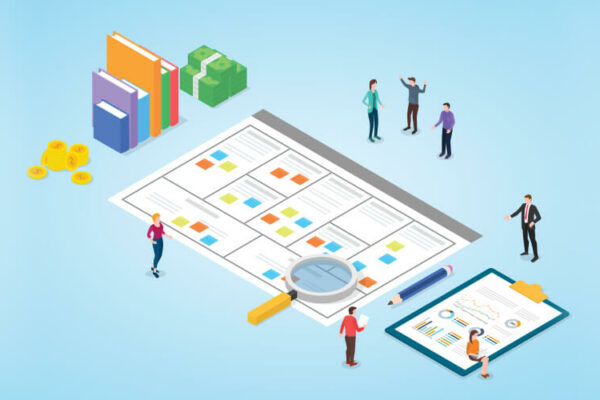The B2B marketplace model is not a flash in the pan. It has a solid stronghold and direction. It’s not hard to guess why once we see its merits and unique advantages.
Centuries ago, the world ran through ports that were the beehives of business activity. Ships and traders came and mingled, shared a glass or a meal, and exchanged business. It was a floating marketplace, a B2B haven where spices changed hands for pearls, and whale oil for a pint of the best wine.
Business people from different parts of the world thronged at these common spaces of B2B trade. It was easy to meet other traders, and one did not have to cross oceans for selling and buying something many miles away.
In an exciting turn of events, the modern-day B2B online marketplace model is a pleasant déjà vu for many businesses again. These are the common ports of activity, exploration, negotiation, and product experiences today. All one needs is the right ship, and one is ready to meet baskets and barrels from all across the globe, without dropping any anchors.
Blistering Growth Without Blistering Feet: B2B Online Marketplace Model Arrives
If you think these marketplaces are still not main-stream enough, consider why over 70 B2B marketplaces in more than 13 diverse industries already exist (Digital Commerce 360 B2B research). A CloudCraze survey shows that 48% of B2B businesses in Europe and the US are selling their full line of products via an online sales channel. This space is expanding at an explosive rate. By 2020 alone, revenues from B2B digital commerce will double and make half of all B2B revenues. The B2B Commerce market could touch $1.2 trillion by 2021 in the US market. Global revenue from offline commerce channels is expected to dip by 20% in that same period. A June forecast by Forrester Research also affirms that B2B e-commerce will climb to $1.2 trillion by 2021, and account for roughly 13% of all US B2B sales.
So why are so many ships flocking to this B2B port?
After all, it is just an integrated roof under which companies can meet and carry on business activities, buying and selling of goods and services on an online platform.
But let’s pause and contemplate what people in business, who are themselves, customers, are experiencing all around – they are hailing cabs via Uber, they are ordering food on apps. And they cannot imagine a day without their smartphones and the Internet. A marked shift in the speed, quality, and depth of B2C experiences is also, largely, driving B2B e-commerce market demand. The advent of Cloud, as-a-service platforms, EDI (Electronic Data Interchange), CRM (Customer Relationship Management) and ERP (Enterprise Resource Planning) is also ironing out many wrinkles that existed before. A Grandview Research reminds us that B2B e-commerce is used across small and medium enterprises (SMEs) as well as large enterprises.
The B2B Advantage – A Snowball of Business Outcomes
These B2B Online Marketplaces offer businesses everything that they have got used to as customers, plus, everything that yesteryear ports and Silk Routes gave them:
- One-stop roof for many handshakes
- Global visibility to a diverse spectrum of buyers, suppliers, sellers, and partners
- Genuine inquiries from verified businesses
- Efficient and effective sales cycles
- Faster leads and turnaround time
- Presence on a digital marketplace with user-friendly business routes
- Simple ways to reach out to domestic and international players
- Easy business procurement practices
- A level-playing field and a leap into cross-border commerce
- Selling opportunities as well as cross-selling and up-selling ease
- Networking convenience
- Contextual conversations
- Two-way interest-led speed and efficiency
- Access to remote areas and worldwide reach
- Deepening of existing relationships and extensions into new ones
- Reduction in time and resources through automation and supply-chain efficiencies
We are in a world where Millennials and Gen Z are driving many companies as leaders and new-age employees. Business cannot happen in the slow dead-ends and heavy legacy of old processes and physical long-tails. It has to get agile, efficient, and automated. IFC Olson and WBR Insights found that 94% of B2B executives in North America find B2B e-commerce critical to business advantage and results. As many as 72% of respondents do it for the ease of purchase while over half feel that clients don’t want to wait for a sales representative to contact them. Transparency and ready insights into inventory, delivery time, and pricing came up as reasons for four in 10 executives. That explains the attractiveness and experience that the B2B online marketplace models offer.
Traders want to reach the right business tables without compromising on the convenience. B2B marketplaces bring access, affinity, and intimacy that good ports of the yesteryears gave the weary trader of the 19th century. It is good to have the same simplicity and speed at our fingertips. B2B marketplaces are those new places where traders come together and achieve their business goals. Birds of many feathers can now flock together.







One thought on “B2B: Bigger to Better: The Marketplace of The Future”
Comments are closed.